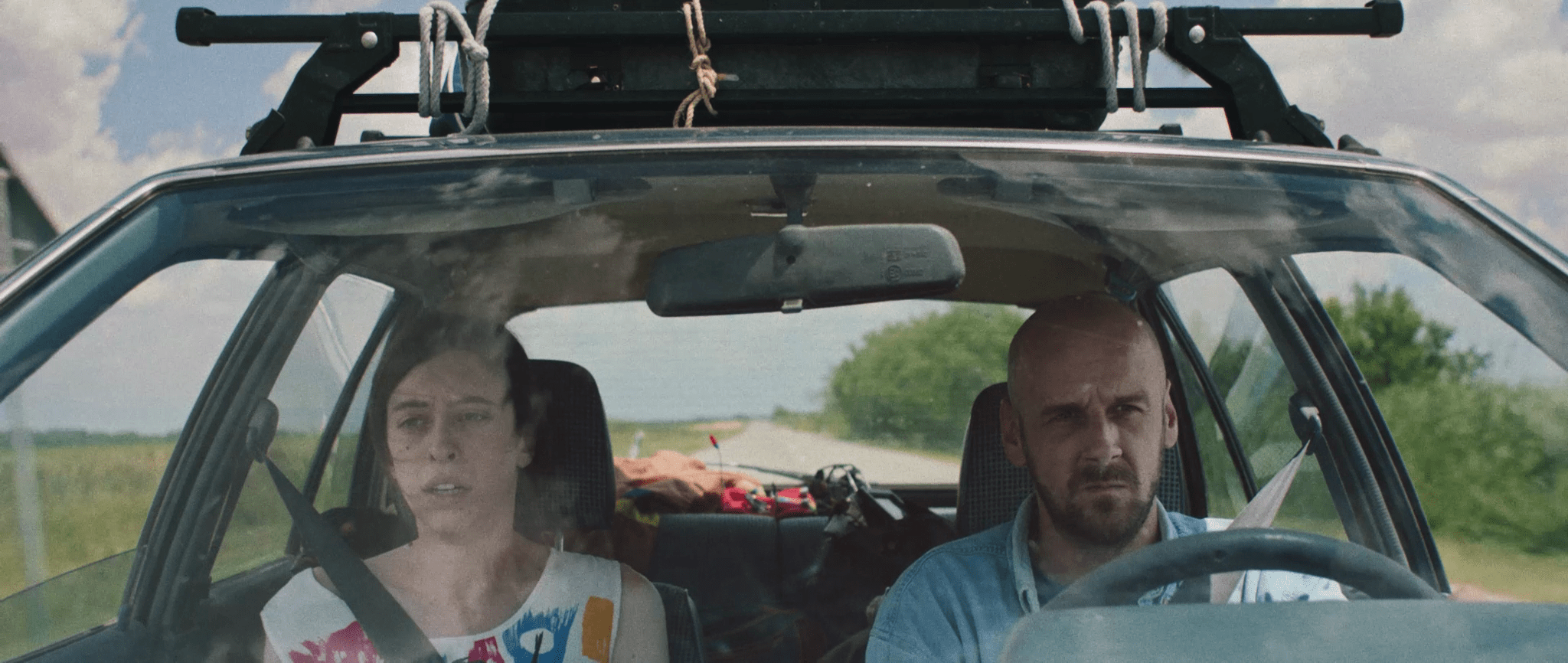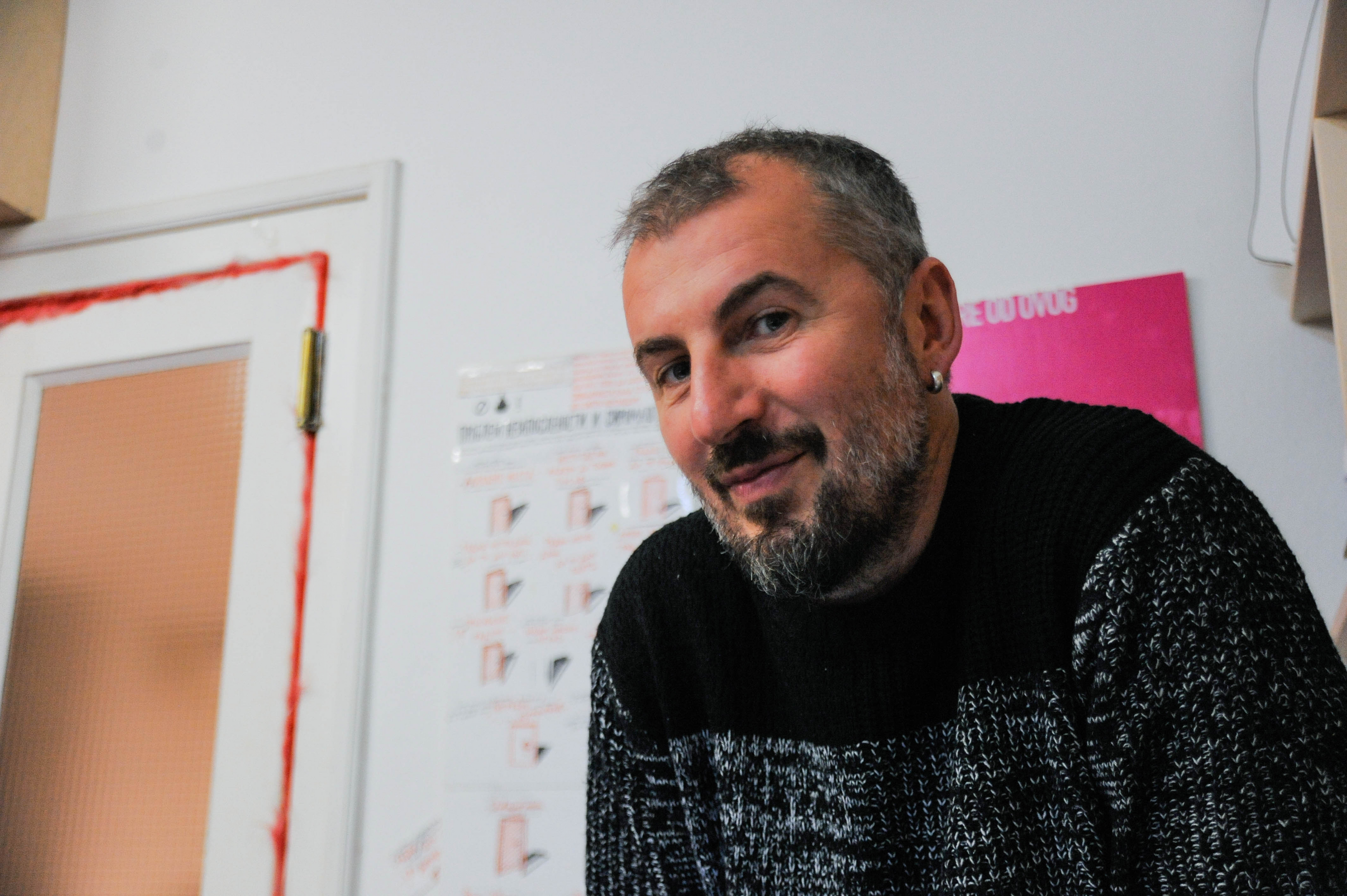
Željko Stanetić: Vojvodina remains a testing ground for nationalism
Filmmaker and activist details the lives of unwanted refugees.
|2024.08.12
|
I needed to transform and exhaust that experience so that the film wouldn’t just be another activist piece.
They were mistreated not by an enemy, but by someone they considered their own, where they sought refuge.
Fortunately, Vojvodina’s structure is so diverse that I believe the region can protect itself.
Despite it being a male experience, I felt the need to tell it through a female character because women are often marginalized figures in war.

Dejan Kožul
Dejan Kožul is a journalist working for various media in Yugoslav space (Novosti, Lupiga, FTV, etc). For more than eight years he was the editor and anchor for the radio show KUPER which was broadcast on BH Radio, Radio Republika (Novi Sad), Radio Rojc (Pula), KLFM (Split), and Radio Apart (Beograd). He describes it as the territory with the most freedom and the ability to broadcast because there are no taboos.
This story was originally written in English.